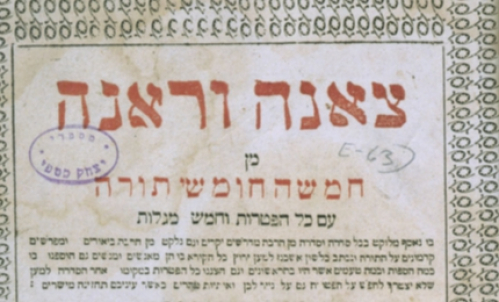Images of Exile: The Jacob Ross Papers
Recent Accession
by LEO GREENBAUM
Prior to the Holocaust, the town of Mozyr, now in Belarus, was predominantly Jewish. At the end of 1903, a strike broke out among the 250 women and girls—some as young as ten—working at the match factory. Subsequently, there was a strike of a thousand workers in the town. These strikes were led by activists of the Jewish Labor Bund, which was, up to the 1905 revolution, the largest revolutionary party in the Russian Empire.
Jacob Rosofsky—or Reshefsky—was the Secretary of the (illegal) Bund in Mozyr. For his illegal activities with the Bund, he was sentenced to exile in Archangelsk, where he remained from 1903-1905. He was able to take a camera with him. The commandant of the penal colony was somewhat sympathetic to the exiles and allowed them to roam outside the colony. Given the Arctic climate, there was also little possibility of escape. This accounts for the character and quality of Rosofsky/Reshefsky’s images, some of which even show the exiles handling hunting rifles.
Rosofsky/Reshefsky was released under the 1905 amnesty. He settled in America, and became a member of the Workmen’s (now, Workers’) Circle. His grandson, Dr. Robert N. Ross, donated 27 of the exile photos, along with negatives, to YIVO. These photos are quite rare—especially considering their high technical quality.
Below is a slideshow of the some of the photographs, including additional donated photographs of the Ross family. The family photos were donated by Dr. Nansie Ross, sister of Robert Ross. The store photo is from Waterbury, CT. It was a tire/hardware store, owned by Jacob Ross.
View the slideshow:
Leo Greenbaum is an Accessions Archivist / Bund Archivist at YIVO.








